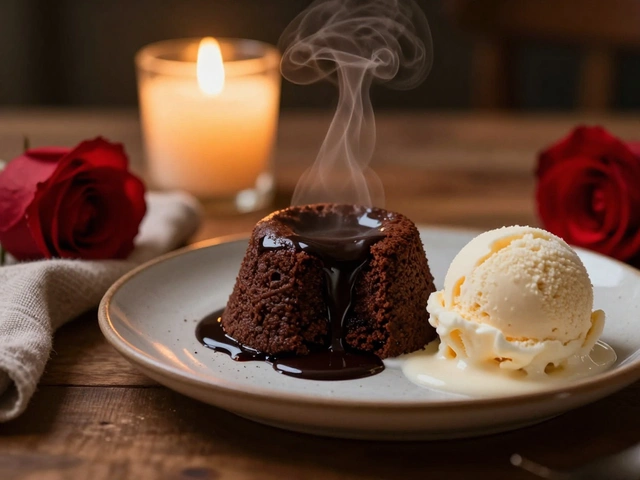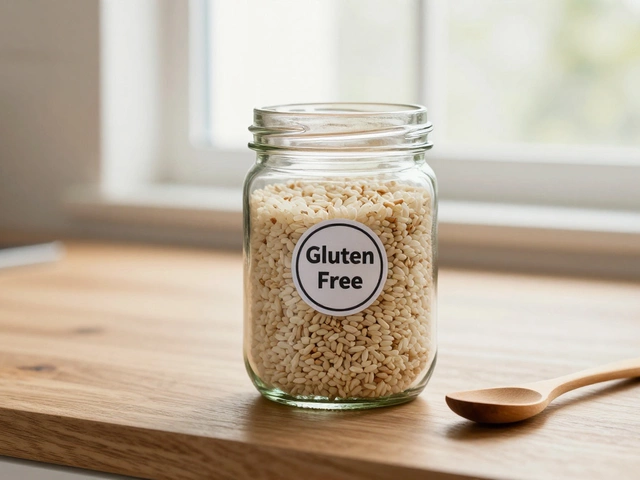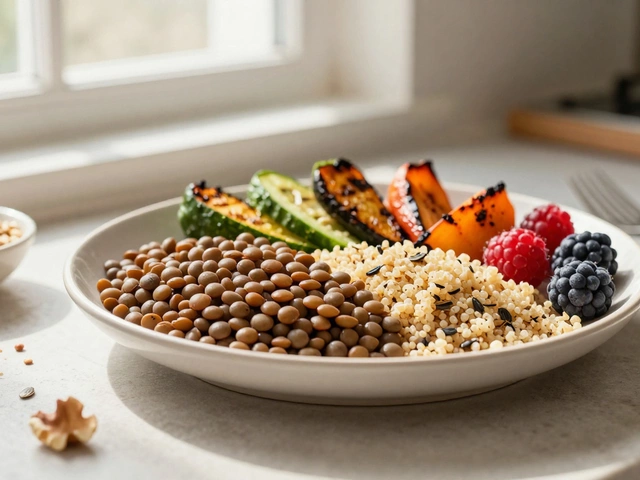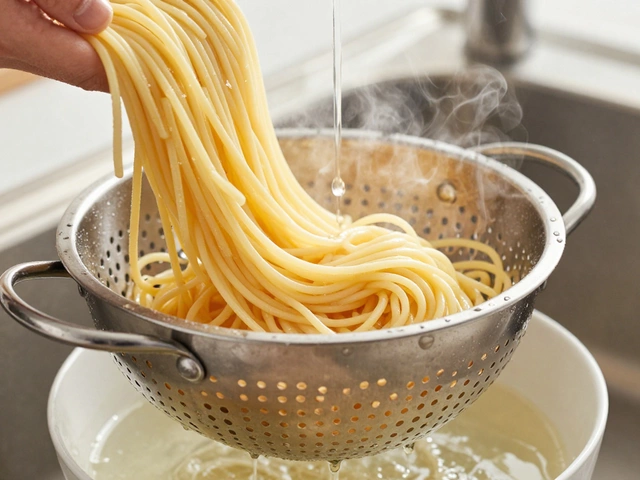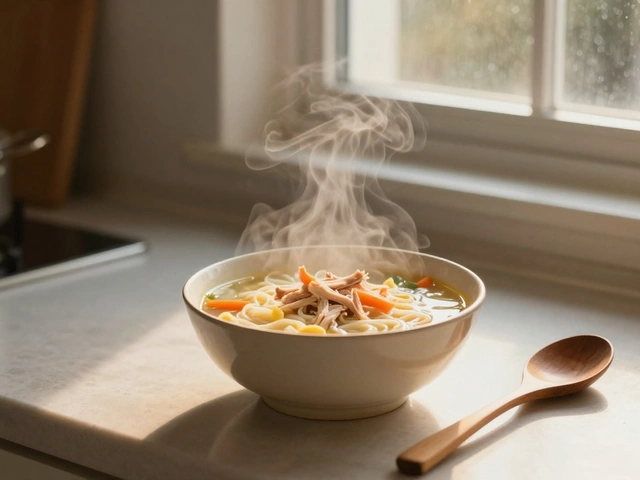Sugar: Everyday Sweetener for Your Kitchen
Whether you’re making a classic gulab jamun or a quick tea latte, sugar shows up in almost every recipe. It adds sweetness, balances spice, and even helps with texture. But many home cooks wonder how much to use, when to add it, and if there are healthier ways to get the same effect. Below you’ll find straight‑forward advice you can start using today.
How to Use Sugar in Indian Recipes
In Indian cooking, sugar isn’t just a sweetener – it’s a flavor bridge. A pinch in a tomato‑based curry can tame acidity and bring out the depth of the spices. In biryani, a teaspoon of sugar with saffron and rose water adds a subtle perfume that makes the dish feel festive.
When you’re caramelizing onions for a masala, sprinkle a little sugar halfway through. The sugar speeds up browning and gives the onions a glossy finish without burning. If you’re whipping up a chutney, a splash of jaggery or brown sugar can round out the tang from tamarind and the heat from chilies.
Timing matters. Add granulated sugar early when you need it to dissolve fully, like in a sauce or soup. For desserts that require a light texture, like mousse or soufflé, fold in powdered sugar at the end to avoid deflating the mixture.
Smart Swaps and Health Hacks
Want to cut back on refined sugar? You can swap half the amount with natural sweeteners like honey, maple syrup, or coconut sugar. These alternatives add a different flavor note – honey gives a floral hint, while coconut sugar adds a caramel‑like depth.
When baking, try using mashed ripe bananas or unsweetened applesauce. They bring moisture and sweetness, letting you reduce sugar by up to a third without sacrificing taste. Just remember to adjust the liquid if the batter gets too wet.
For a low‑calorie option, consider stevia or monk fruit. They’re much sweeter than sugar, so a pinch goes a long way. Mix them with a small amount of regular sugar to avoid a bitter aftertaste in sauces.
Portion control is another easy win. Measure sugar with a kitchen scale instead of eyeballing it. A tablespoon of sugar has about 48 calories – it adds up quickly in large batches.
Finally, store sugar properly. Keep it in an airtight container away from moisture, and you’ll avoid clumping or mold. If you notice any hard bits, spread the sugar on a baking sheet and warm it briefly in the oven to restore its free‑flowing state.
Putting these tips into practice will make your dishes taste better and help you keep an eye on the sweet side of nutrition. So the next time you reach for the sugar jar, you’ll know exactly why you’re adding it, how much you need, and what clever swaps exist if you want a healthier twist.

Three Foods to Quit for Better Health
by Landon Weathers / 18 Jun 2025Are you wondering which foods secretly sabotage your health? This article breaks down the top three foods to quit for good health and why they’re so dangerous. You'll learn how these foods sneak into your meals, the problems they cause, and practical tips to replace them. Plus, get insight into what actually happens in your body when you cut them out. Three swaps could make eating healthy much simpler.
